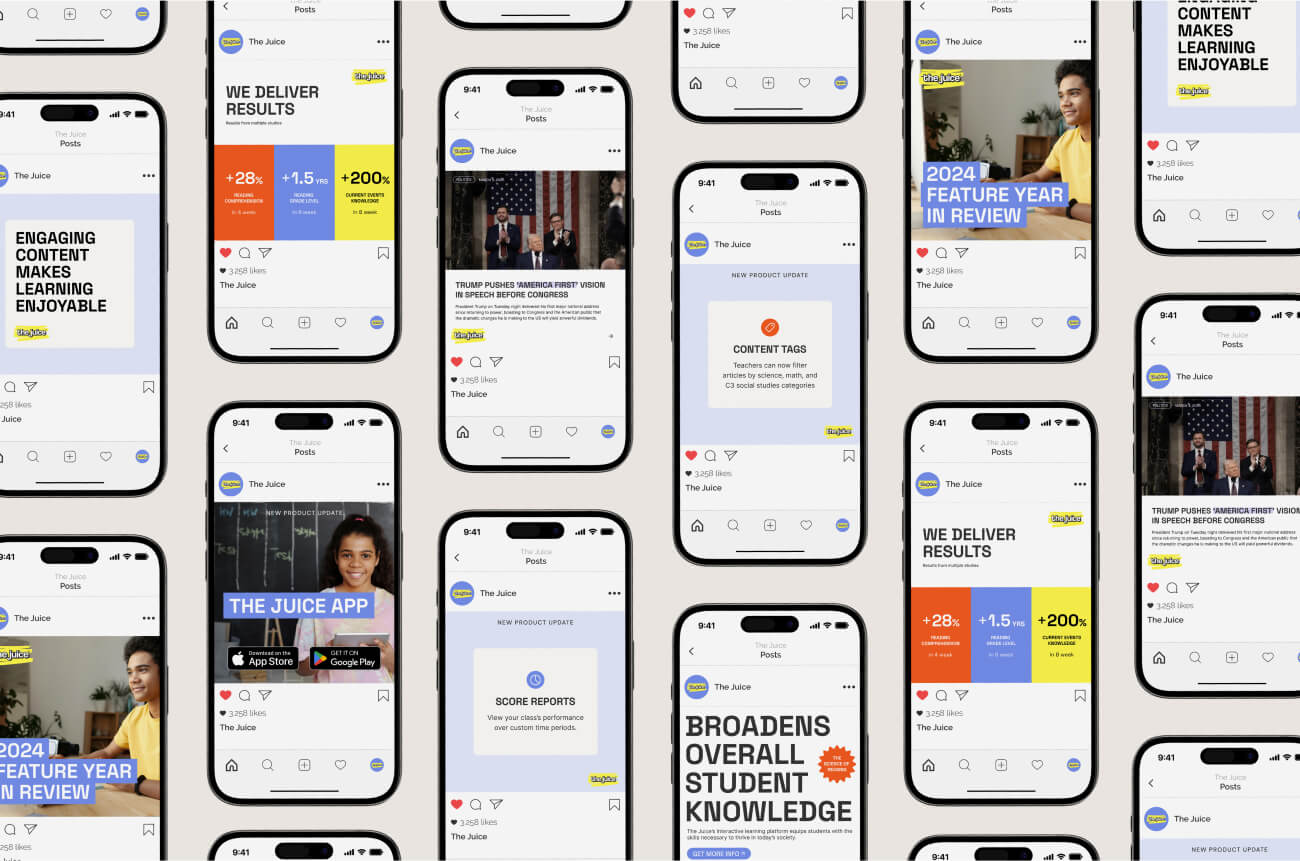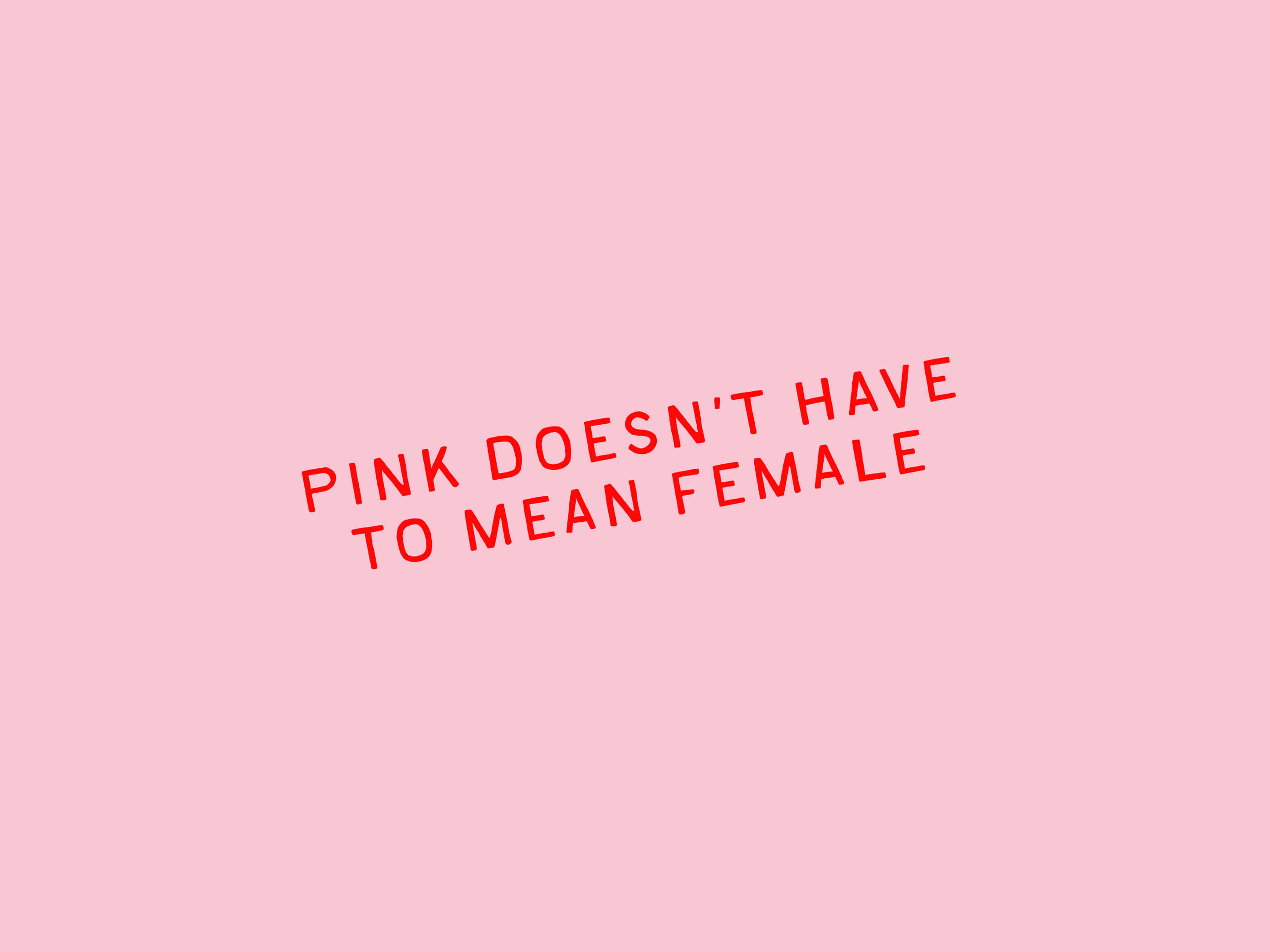Link copied to clipboard
.jpg)
Every founder has heard the phrase “you need better design” at least once during a pitch call. But no one ever tells you what better actually means when you’re talking to people who are not designers and have ten minutes to decide whether you look investable. That gap can get expensive fast. Most early femtech founders pour money into the wrong design work at the wrong time, not because they’re careless, but because there’s way too much noise about what “good design” should be.
This post clears the air. You’ll learn which design choices investors actually notice, why those choices matter for trust, and how to invest in design in a way that moves your story forward instead of draining your runway.
Investors are not evaluating your product the way a designer would. They are pattern matching. In those first few minutes with your deck or prototype, they are looking for quick signals about whether your team understands the problem you are solving and the people you serve. They want to see evidence that you spent time with real users, not just created something that looks nice on a screen.
This is where the mom test comes in. The mom test is a rule founders use to avoid polite, “sounds good” feedback from early user conversations. Investors are checking for the same thing in your product. They want to know that you talked to actual customers, and that the feedback you used to shape your product was honest, not the kind of supportive-but-unhelpful reaction your mom might give if you showed her your app.
When a design feels generic, they assume there was no real user insight behind it. When it feels grounded in how people actually behave, they see a team that understands its market. That is what they are judging. Not the visuals. Not the polish. The signals of whether your product was shaped by truth or by assumptions.
At pre-seed, investors are not expecting a polished product. They are expecting direction. Your job at this stage is to show that you understand your user’s world well enough to map out the core experience in a way that feels believable and grounded in real life. That’s why a simple prototype is more valuable than a perfect interface. It shows how someone would move through the problem, what decisions they need to make, and how your product supports those decisions.
You don’t need a full design system or pixel perfect screens yet. Those things take time and money, and at this stage they don’t strengthen your story. What matters is a set of clickable flows that demonstrates the heart of your product. When an investor can click through and say, “I see how this solves the problem,” you’ve already done more than most founders do at pre-seed.
Picture this. A femtech founder building a postpartum support app comes in with two things: a rough prototype of her onboarding and a simple flow where new moms can log symptoms, track mood, and access the right resources without digging. Nothing fancy. But every screen reflects interviews she had with real mothers. The order of steps makes sense. The language feels familiar. The decisions mirror real daily life. That’s what a minimum viable trust package looks like. It proves you can turn user insight into product, which is exactly what investors want to see at this stage.
Once you reach seed, the expectations shift. Investors now want to see signs that you can grow, not just that you understand the problem. This is where cohesion starts to matter. If your landing page feels like one product, your app feels like another, and your pitch deck looks like it belongs to a completely different company, it creates doubt. It suggests your team is still piecing things together instead of moving with intention.
What builds trust at this stage is consistency. The way you talk about the problem, the way your product looks and feels, and the way you tell your story all need to work together. This does not mean you need a full rebrand. It means your brand and your product should feel like they come from the same place. A shared visual language. A shared tone. A shared point of view. Enough alignment that investors can picture you scaling without everything breaking.
This is especially important for women focused and family focused products. People are handing over their data, their bodies, their health, and sometimes their children’s information. The trust threshold is higher in this space than almost anywhere else. Investors know that. They know users will walk away the moment something feels even slightly off. That’s why cohesion becomes a credibility marker. It signals stability, care, and a team that understands the weight of what they’re building. When your brand, product, and story feel aligned, it shows investors that people will feel safe using your product in the most personal parts of their lives.
It’s just as important to know what not to invest in at this stage. A lot of founders burn through precious runway on design work that looks exciting but does nothing to move their product forward. Pre seed and seed are not the time for elaborate visuals or big creative swings. They are the time for understanding your users and proving your solution works in their real world.
Custom illustrations are a perfect example. They’re beautiful, but they add nothing if you don’t have product market fit yet. The same goes for fancy motion design or complex interactions. If your core flows aren’t solid, animation only adds confusion. Another common trap is rebranding too early. If you don’t yet know what customers remember you for, you can’t build a brand around it.
And of course, the expensive agency that doesn’t understand your niche. Especially in femtech and family tech, where context, language, and empathy matter more than polish, the wrong agency can flatten everything that makes your product meaningful. These investments sound glamorous, but they dilute your story instead of strengthening it.
At this stage, every dollar has a job. If the design work doesn’t sharpen your understanding of your users or make your product easier to understand, it can wait.
Across every stage, the question behind every design decision is simple: does this show that you understand your users? For femtech and family focused founders, that question carries even more weight. You’re building products people turn to during vulnerable, personal moments. Design isn’t decoration here. It’s how you prove you understand their world, their needs, and their boundaries.
The right design investment isn’t about looking funded. It’s about showing investors that your insight is real and that your product has a future. If you’re preparing to pitch and you want designs that actually communicate your vision, I’m opening a beta round for a new offer called Pitch Ready. It’s built for founders who need investor ready visuals that make their product feel believable and grounded without a full build.
If you want to be one of the first to join the beta round, you can book a call here and I’ll walk you through the offer and the early access pricing.


